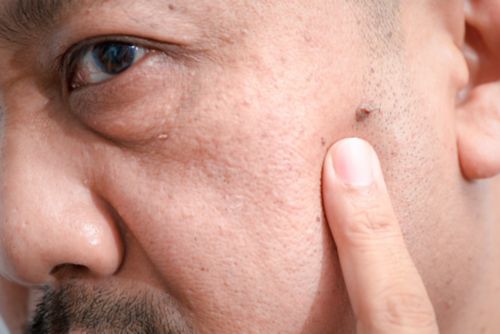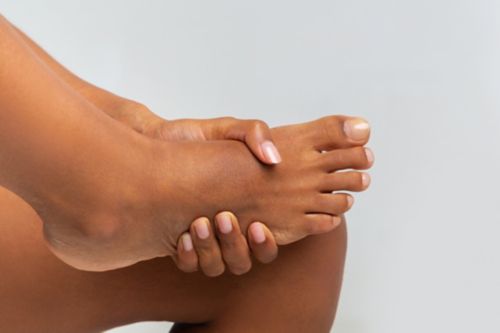Make skin checks part of your skin-care routine
Regular skin checks are important for skin health.
Skin gets lots of attention this time of year, so now is a good time to make sure you are doing all you can to prevent and detect skin cancer.
Along with sun protection, experts recommend the following screenings for childhood cancer survivors:
The advice is especially important for long-term survivors of childhood cancer who had radiation therapy. Skin cancers account for more than half of all cancers diagnosed later in these survivors.
A recent report from the Childhood Cancer Survivor Study found that less than 1 in 3 (30%) of the higher-risk survivors complete suggested skin cancer screenings.

Ashfaq A. Marghoob, MD
“The goal is to find skin cancers when they are as small and as easy to treat as possible, "says Ashfaq A. Marghoob, MD. He is a dermatologist and director of Memorial Sloan Kettering Cancer Center’s regional skin cancer clinic in Hauppauge, Long Island, New York.
“That requires a combined approach of having survivors examine their skin for anything new or changing and having a physician examine their skin on a periodic basis,” he says. “The self-exam and physician exam should be considered as complementary since survivors will find lesions that physicians won’t and vice versa.”
Skin self-exams are not hard, and they do not take a lot of time.
“The main goal for patients is to find anything new or that has changed,” Marghoob says.
Following are tips for doing a skin self-exam:

Skin checks should include the scalp.

Tell your care provider if you see any changes in a mole.

Inspect the skin between your toes during skin checks.
Report anything new or different to your health care provider. Depending on the technology available to you and your physicians, you may be able to skip an in-person visit by using a patient portal to send your doctor a high-resolution, in-focus photo of the finding.
“Most of the time, when patients notice something new or changing it will be totally fine and we can give them reassurance that this is a benign growth,” Marghoob says.
For more information on what to look for, visit the American Academy of Dermatology page on the Skin Cancer: Everyone’s at Risk.
The main types of skin cancer are:
“The advantage of seeing survivors on a regular basis is to find skin cancer when it is small enough that a small biopsy will be both diagnostic and curative,” he says.
To learn more, visit the American Academy of Dermatology’s Skin Cancer: Types and Treatments page.